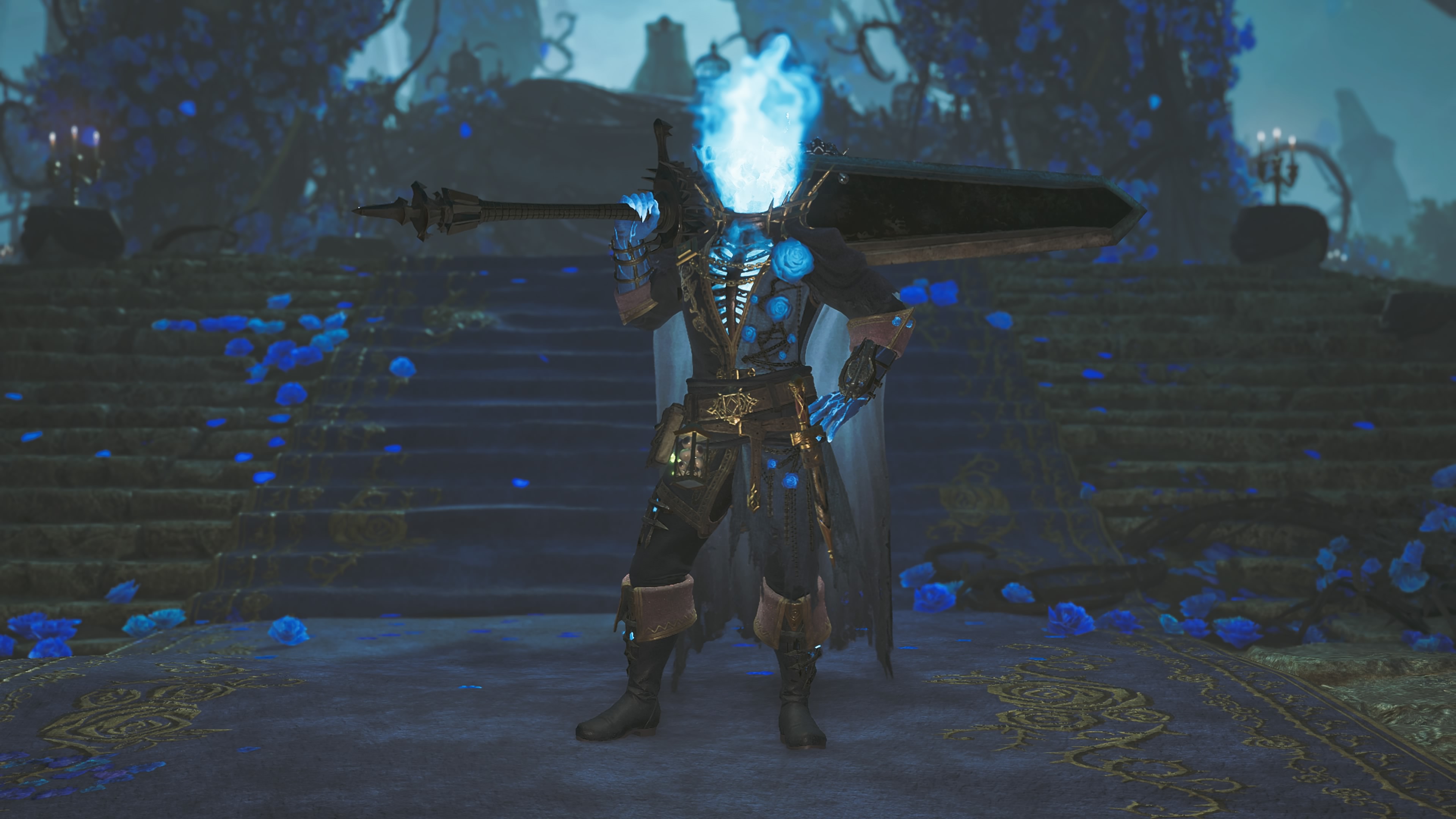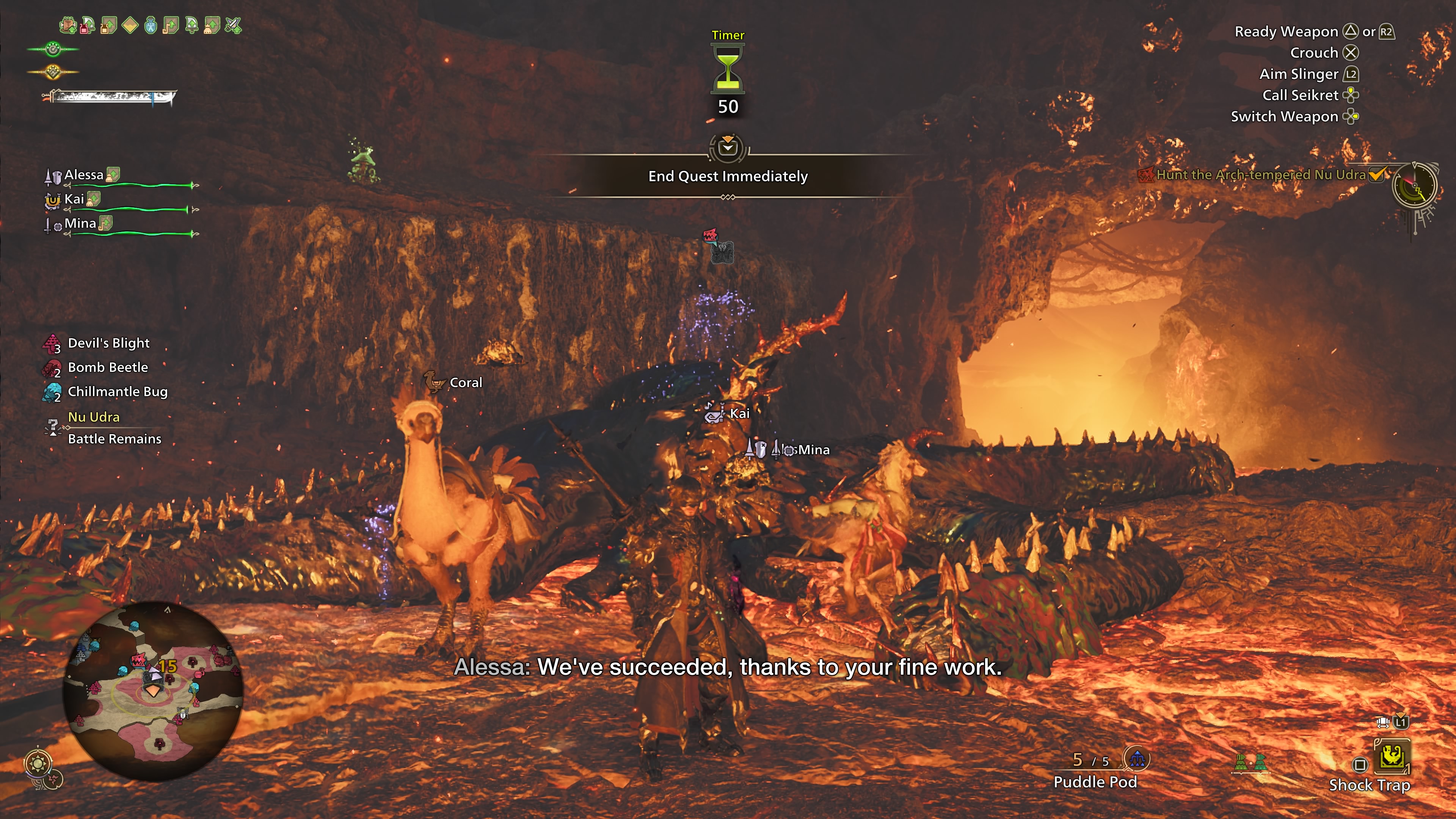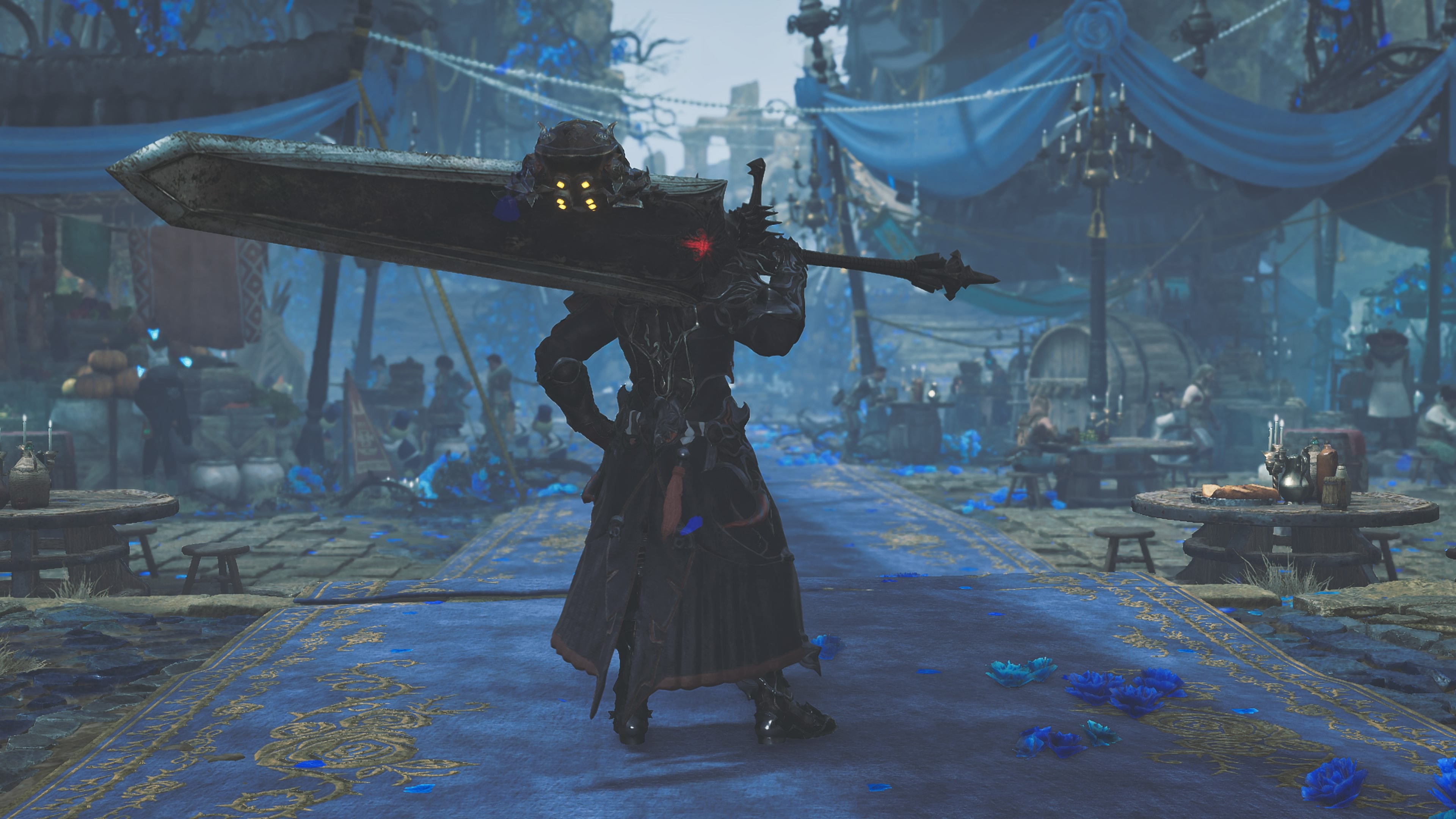Everything you need to know about the crashing errors in Monster Hunter Wilds’ title update 1, including reasons, and how to fix it.

Monster Hunter Wilds’ first major title update is now live on all platforms, offering a plethora of fresh new content for players to delve into. However, with the new update installed, the game seems to crash for many PC players. MH Wilds isn’t a stranger to technical issues, as the game’s PC port was far from ideal at launch. However, since then, Capcom has released several fixes that have more or less addressed a majority of the technical issues with the port. With the latest update, Capcom has also addressed the game’s VRAM-related issues, which caused the game to become unstable after long gameplay sessions.
However, it seems the latest has also introduced new issues of its own, i.e., crashes. Thankfully, there are a number of ways you can easily fix the crashing errors in MH Wilds’ title update 1 (TU1).
Possible Fixes for Monster Hunter Wilds Title Update 1 Crashing Error
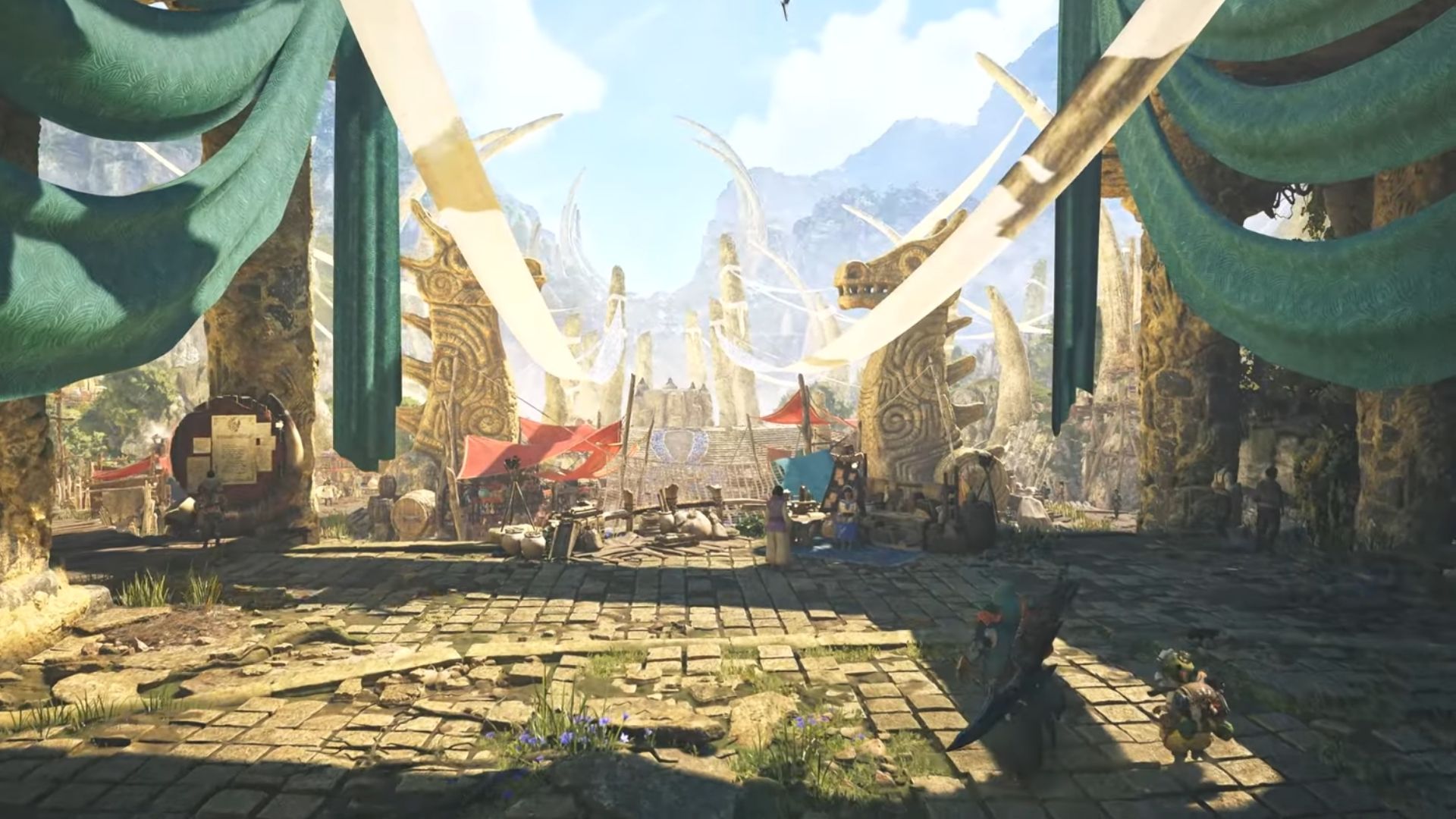
With the new update, Capcom seems to have addressed the game’s VRAM consumption, especially for lower-end GPUs. However, this also seems to be the primary cause of the game’s crashing errors. Essentially, on GPUs with limited VRAM, the game often tends to use more than the available memory, forcing it to swap over to system RAM, making the game unstable and freezing. This issue mostly occurs when you’re playing the game for a long multiple-hour session, which results in a ton of texture data in the VRAM cache memory, limiting the available memory for the game’s real-time functions.
You can fix this issue by simply quitting the game, and booting it up after a few minutes. However, with the latest update installed, the game outright crashes as soon as it goes above the VRAM limits. Furthermore, while the game’s overall VRAM consumption has been reduced, it still needs at least 8 GB of GPU memory at resolutions above 720p. As such, if you’re playing at 1080p, with a lower-end GPU, the crashes would be more frequent.
The easy fix for this is to use FSR upscaling and lowering the Texture Quality and Mesh Quality settings. Another reason for the crashes is faulty download or installation. Here are the potential fixes to try if you’re facing crashing errors in Monster Hunter Wilds’ title update 1:
Update Your GPU Drivers
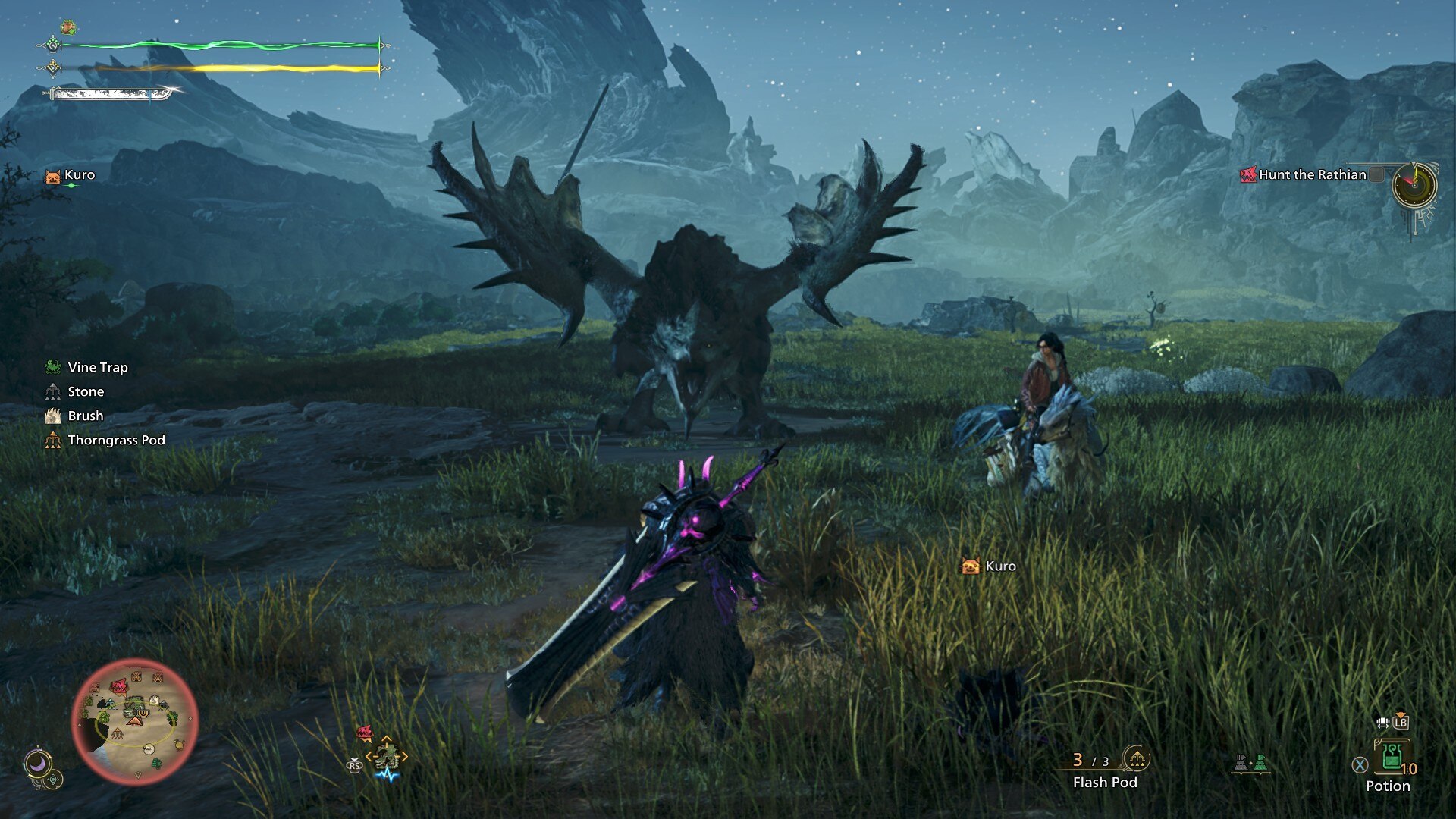
Updating the GPU drivers is easily the best fix you can try for any new PC release. More often than not, new GPU drivers come with optimizations and fixes for upcoming releases (including title updates for already released games). Furthermore, updating the GPU drivers is the easiest way to flush the existing shader cache for a game and rebuild them from scratch. We at Deltia’s Gaming found updating the GPU driver (or reinstalling it) to be the fix that helped us get past the crashing issues after the latest title update. You can also try to rollback to a previous version of your GPU’s driver if the current one is known to cause stability-related issues.
To update your GPU drivers, simply head to your GPU manufacturer’s (Nvidia, AMD, or Intel) official website and download the latest drivers from there. You can also use tools like the Nvidia App or AMD Adrenaline to automatically update your GPU drivers.
Use FSR instead of DLSS
In the current version of Monster Hunter Wilds, DLSS upscaling seems to be one of the causes of crashes. We tested out the game (with the update installed) on an RTX 4070, and having DLAA (DLSS Anti-aliasing) enabled caused the game to crash occasionally. However, with native rendering or FSR set to Quality, we did not face any such issues (based on our preliminary testing). As such, until Capcom addresses the DLSS-related issues, we recommend using AMD’s FSR.
Verify Game Files Using Steam
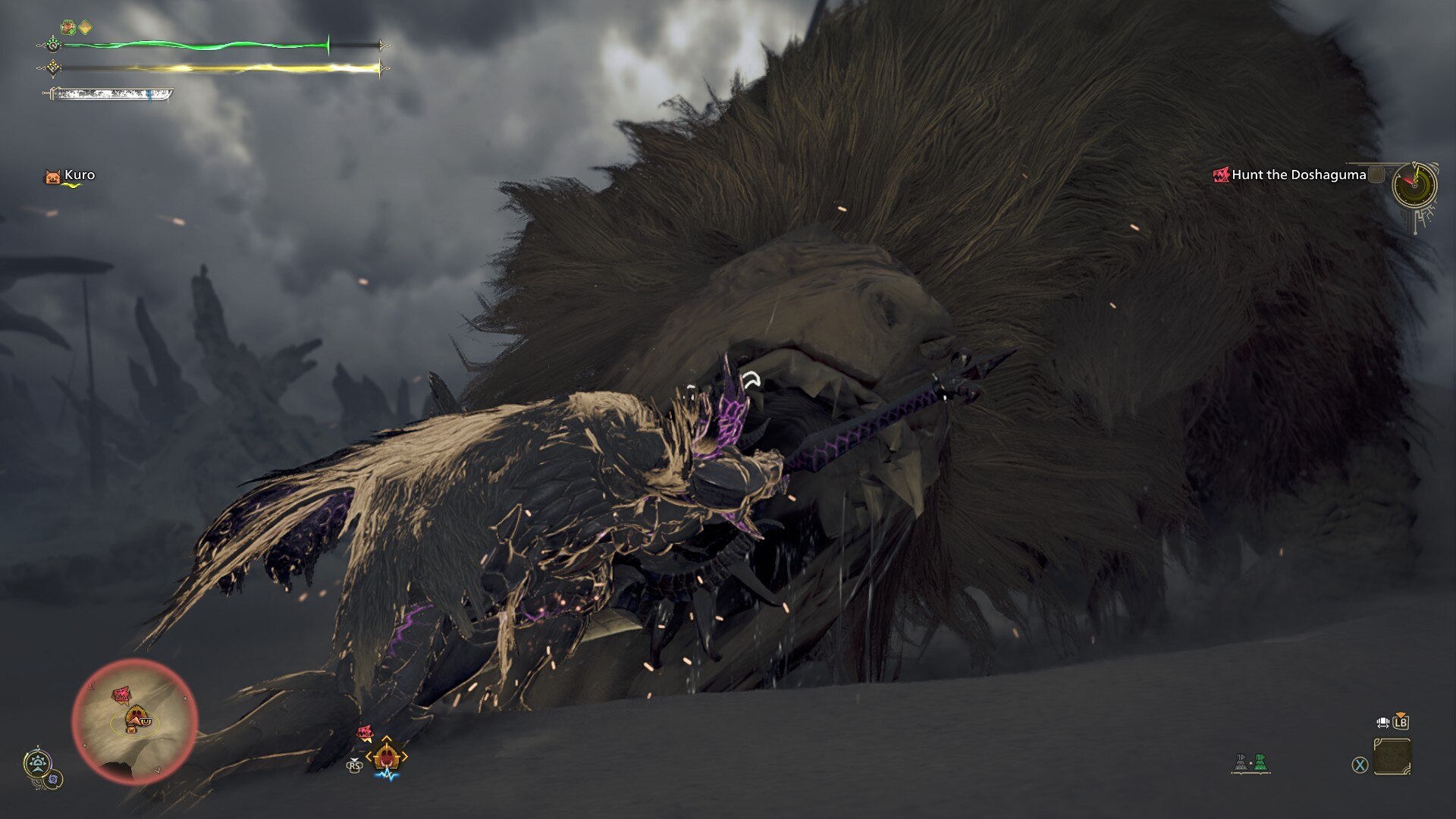
Verifying game files is the easiest way to fix a corrupted or incomplete installation. With Monster Hunter Wilds being roughly 55 GB in size (without the High Resolution Textures), it’s not uncommon for the game’s updates to get corrupted during installation. However, Steam does come with a handy file verification tool to remedy such issues. This process not only helps fix common issues like crashes but also saves you the time that you would’ve wasted uninstalling and reinstalling the game. Here’s how you can use the file verification tool on Steam:
- Launch Steam on your PC.
- Navigate to Library > Monster Hunter Wilds.
- Within the Monster Hunter Wilds Library page, click on the “gear icon” and go to Properties.
- Under Properties, click on Installed Files > Verify Game Files.
- The verification process runs for roughly 2-5 minutes (depending on your CPU).
After the game’s files have been verified, restart Steam and launch Monster Hunter Wilds.
Additional Note
If you’re still facing crashing issues after trying out all the fixes, we highly recommend reinstalling the game from scratch. Furthermore, you can also try rolling back your GPU drivers to see if that fixes the crashing issues.

We provide the latest news and create guides for Monster Hunter Wilds or MH Wilds. Meanwhile, you can check out the following Monster Hunter articles or catch us playing games on Twitch and YouTube:
 Reddit
Reddit
 Email
Email
